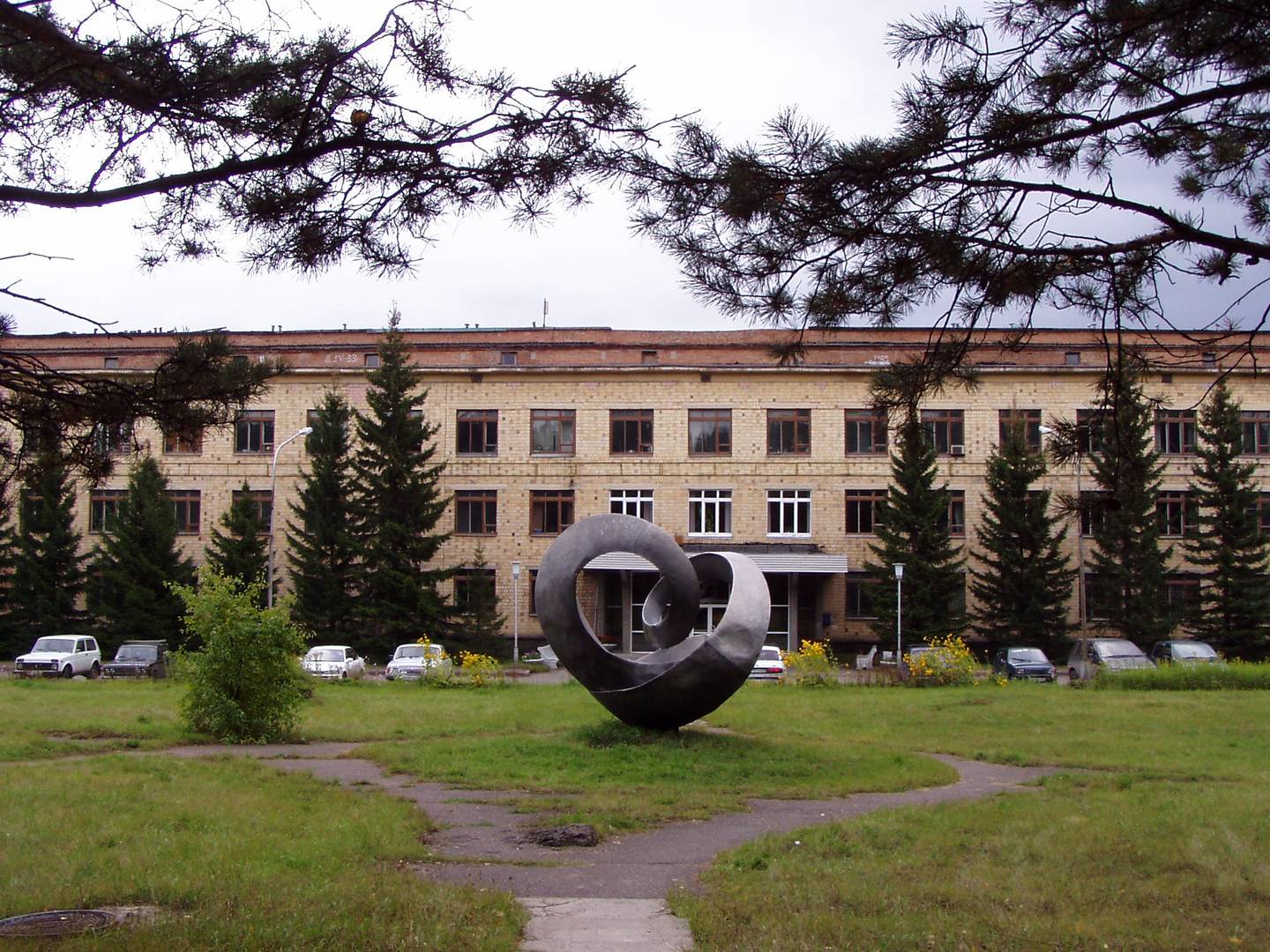
Gold nanoparticles, whose unique spectral characteristics can be used, including for hyperthermic cancer therapy, were developed by scientists from the Krasnoyarsk Scientific Center (KSC) SB RAS, the KSC press service reported on April 16.
Initially, the researchers theoretically predicted the properties of such nanoparticles, after which they synthesized pairs (dimers) of gold nanoparticles 22 nanometers in size, connected to each other by conducting molecules (linkers).
The spectral properties of such particles are unique because they absorb in the infrared region of the spectrum. Because infrared radiation is less absorbed by the blood, it penetrates deeper into tissue and can reach and affect cancer cells.
Furthermore, these gold nanoparticles are biocompatible, are not rejected and have no negative effects on the body. A conductive bridge between two nanoparticles leads to the appearance of plasmons: this is what pseudoparticles are called in physics, representing a combination of oscillating electrons and the associated electromagnetic field.
In this case, a periodic charge transfer occurs through a “conducting bridge” from one particle to another, and a new intense peak appears in the optical absorption spectrum in the near-infrared region. This infrared plasmon resonance can be used to destroy malignant tumor cells by heating.
Outstanding researcher at the Institute of Physics that bears his name. LV Kirensky SB RAS, Doctor of Physical and Mathematical Sciences Alexander Fedorov spoke about oncological hyperthermia:
“One of the most important applications of noble metal nanoparticles is cancer therapy. It uses optical radiation to heat nanoparticles and consequently selectively kill tumor cells when heated above 42°C. However, such radiation of the visible wavelength range, absorbed by ordinary nanoparticles, falls into the absorption band of blood-filled tissues, which sharply reduces the depth of light penetration into human tissues. “The nanoparticles we developed have a plasmonic absorption peak in the infrared range, which is more transparent to biological tissues, allowing the nanoparticles to be heated at a significantly greater depth within the body.”.
Scientists at KSC SB RAS will continue research in this area to learn how to control the properties of gold nanoparticles, including their stability.
The authors presented the results of their study of the new material in the article “Plasmons with intense charge transfer in dimers of gold nanoparticles connected by conductive molecular linkers,” published in The Journal of Chemical Physics.
Source: Rossa Primavera
I am Michael Melvin, an experienced news writer with a passion for uncovering stories and bringing them to the public. I have been working in the news industry for over five years now, and my work has been published on multiple websites. As an author at 24 News Reporters, I cover world section of current events stories that are both informative and captivating to read.
